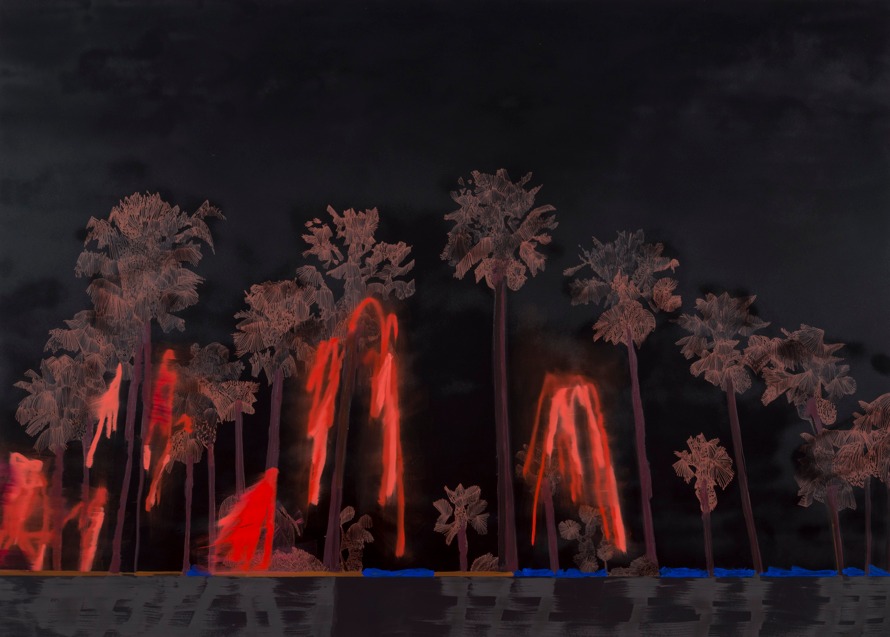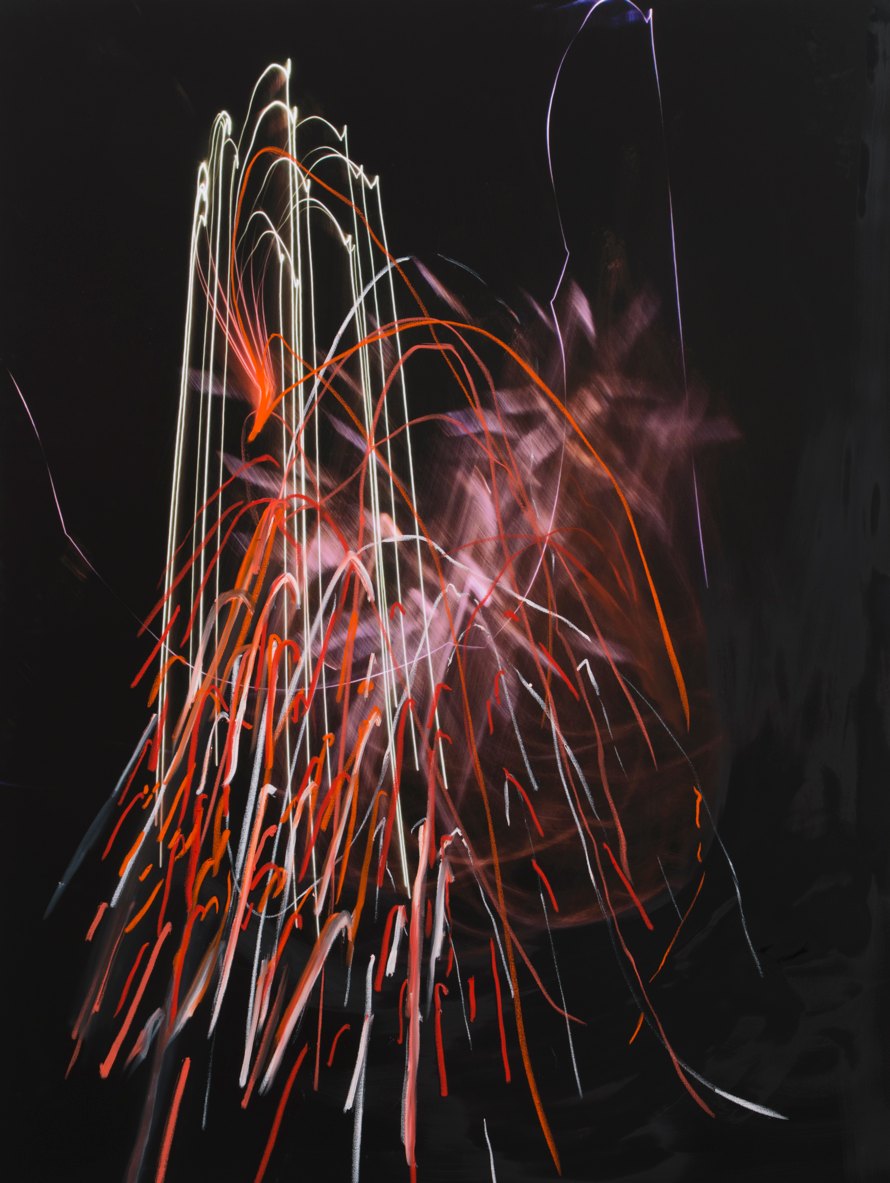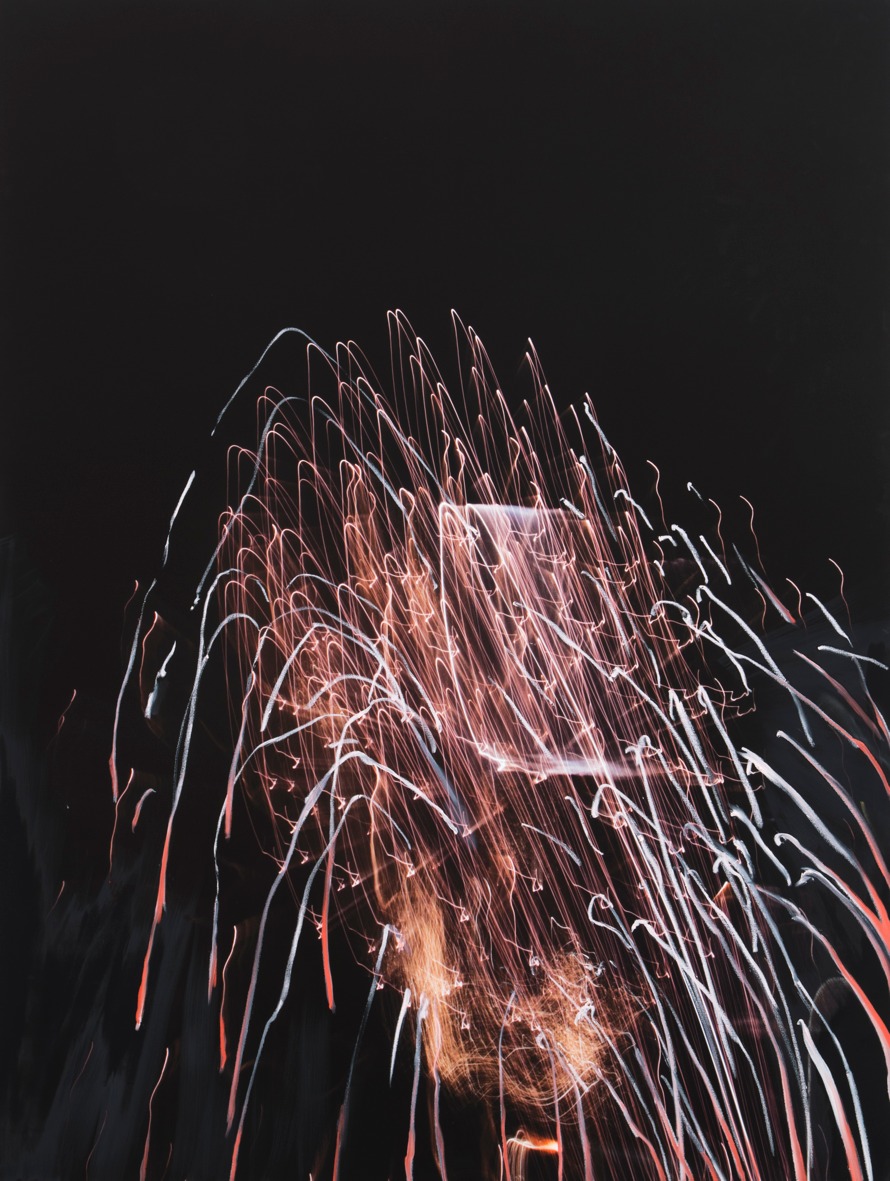What’s your attitude toward the sea?
Whitney Bedford:I live right on the edge of the Pacific Ocean, so it’s an ever-present horizon in my life. I think it’s also a metaphor for a balancing act in our lives: a stage on which we fight our great dramas. Man v. nature, from the most epic to banal degree.
TMN:As you develop a painting, when does emotion play a part?
WB:I develop a painting from the structure of previous academic paintings, or widely available source material of whatever subject I’m pursuing for its iconic connotations. I go through a whole process of drafting and editing an image on canvas before I really let myself unravel it. I would say the unraveling side of painting it out is pretty emotional, as in gestural.
TMN:Is it always gestural? Isn’t it often mechanical?
WB:It’s mechanical in the beginning, the drafting, and then turns gestural in the paint storm.
TMN:The show combines turbulence and serenity, foreboding and calm. Did you want the paintings to come off as balanced?
WB:No, I think of them as conversations. If they were easy we wouldn’t be talking about them.
TMN:Yeah, but that “conversation” happens long after you’re involved.
WB:I consider the conversation to be my commune with the piece, the this-for-that and then-that-falls-apart-and-the-other-part-pulls-back-up. The conversation continues long after I have left behind my ambitions, and the painting starts to finish itself in dialogue.
The hope is that the audience finds something resonant in the work and starts to unravel the work of the conversation I’ve had with the piece into an understanding of their own.
TMN:When are you most confident as a painter?
WB:I think the whole thing is pretty humbling. But there is a sense of awe and relief when you finish something and really know that it’s finished. That it has reached its own pitch and that I have left it to its own ending.
TMN:What was the first piece of art you ever sold?
WB:I can’t exactly recall. I think it might have been when I was an undergraduate at the Rhode Island School of Design, at a student fair, to another student collector. I think I was surprised that there was a money equivalent to the work. The work seemed so personal and expletive—it was hard to imagine that it could mean something desirable to a stranger. I felt lucky to have it be both personal for me and yet somehow also for someone else. I still do.
TMN:Here’s a quote from Charles de Gaulle, “Old age is a shipwreck.”
WB:I love that. I will be surrounded by friends.
.jpg)
.jpg)
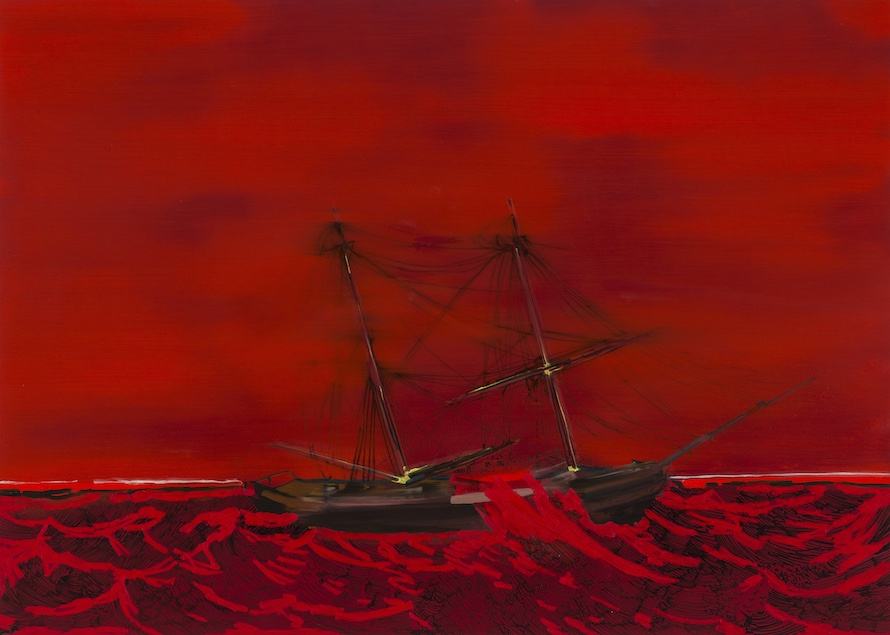
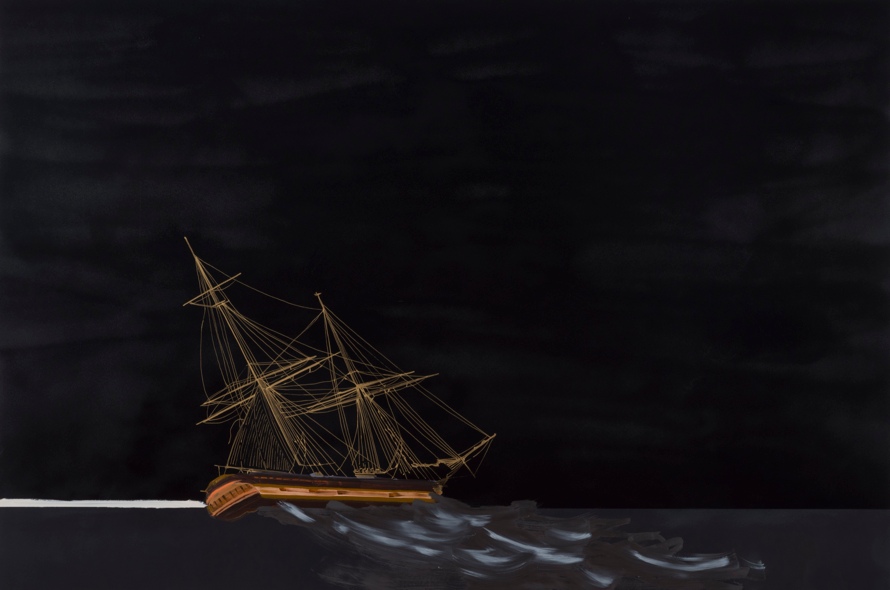
.jpg)
